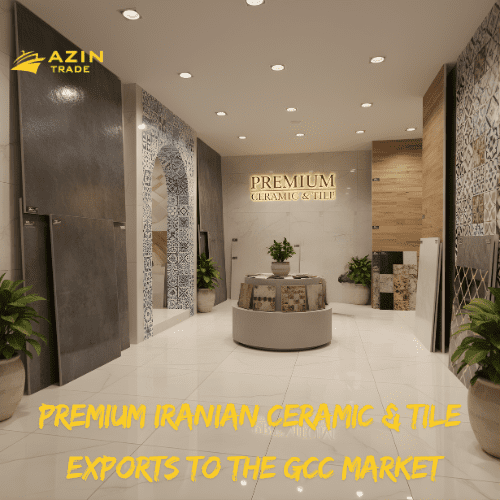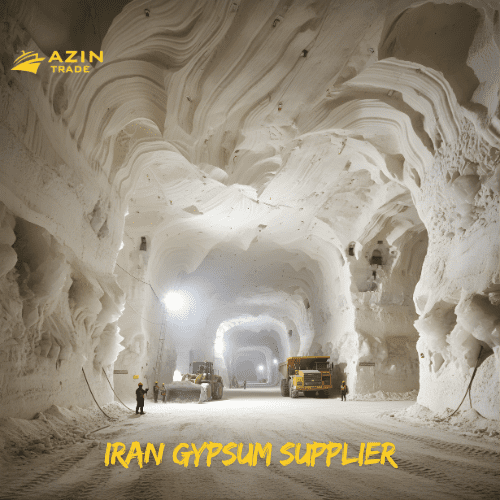Low-carbon limestone cement
In a significant stride towards sustainability and environmental responsibility, SsangYong C&E has successfully exported its first shipment of low-carbon limestone cement to the United States. This milestone comes after three years of rigorous research and development, positioning the company at the forefront of the global movement towards reducing carbon emissions in the construction industry.
A Game-Changer in Construction Materials
The 30,000 tons of low-carbon limestone cement shipped to the U.S. is not just a testament to SsangYong C&E’s commitment to innovation, but also a crucial development in the cement industry. This type of cement, known as Type IL, is designed to have a lower carbon footprint compared to traditional cement. By reducing the clinker content—a major contributor to CO2 emissions during cement production—this new product maintains the same physical properties and durability as its conventional counterparts.
Clinker is the primary component of traditional cement and is produced by heating limestone and other materials in a kiln. This process releases a significant amount of CO2, making the cement industry one of the largest industrial sources of greenhouse gas emissions globally. By reducing the clinker content, SsangYong C&E's low-carbon limestone cement offers a more sustainable alternative without compromising on performance.
SsangYong C&E’s Ambitious Export Goals
SsangYong C&E’s recent shipment to the United States marks the beginning of what the company hopes will be a major export push. In 2024, the company aims to export a total of 200,000 tons of this low-carbon cement to the U.S., with plans to increase this figure to 600,000 tons by 2025. This ambitious target reflects the growing demand for sustainable building materials in the U.S., as the country continues to ramp up efforts to reduce its carbon footprint across various industries.
Azintrade’s Global Reach
Adding to the global momentum towards sustainable construction, Azintrade, a prominent cement supplier based in Iran, has been exporting building materials to markets around the world. Their operations encompass a wide range of construction materials, including traditional and innovative cement products. Azintrade's international footprint aligns with the global trend towards more eco-friendly building solutions, providing various regions with access to high-quality materials that support sustainable development.
The Global Shift Towards Sustainable Construction
The export of low-carbon cement by SsangYong C&E to the U.S. and the global outreach of companies like Azintrade are part of a broader global trend towards sustainability in the construction sector. As countries around the world set ambitious targets to reduce greenhouse gas emissions, the construction industry is increasingly under pressure to adopt greener practices. Cement production, in particular, is a focal point for environmental advocates due to its significant contribution to global CO2 emissions.
In response, companies like SsangYong C&E and Azintrade are investing heavily in research and development to create products that meet the demands of modern construction while reducing their environmental impact. The development of low-carbon cement is a crucial step in this direction, offering a viable alternative to traditional cement that can help meet global climate goals.
Challenges and Opportunities
While the export of low-carbon limestone cement is a positive development, there are still challenges to overcome. One of the main hurdles is the need for widespread adoption of this type of cement in the construction industry, which has traditionally been slow to change. However, with increasing regulatory pressure and growing awareness of the environmental impact of construction, the industry is gradually shifting towards more sustainable practices.
Another challenge lies in the cost of producing low-carbon cement. While reducing the clinker content helps lower CO2 emissions, it can also affect the production process and the overall cost of the material. However, as demand for eco-friendly building materials grows, economies of scale are expected to drive down costs, making low-carbon cement more competitive with traditional products.

Azintrade’s Global Reach
Adding to the global momentum towards sustainable construction, Azintrade, a prominent cement supplier based in Iran, has been exporting building materials to markets around the world. Their operations encompass a wide range of construction materials, including traditional and innovative cement products. Azintrade's international footprint aligns with the global trend towards more eco-friendly building solutions, providing various regions with access to high-quality materials that support sustainable development.
The Global Shift Towards Sustainable Construction
The export of low-carbon cement by SsangYong C&E to the U.S. and the global outreach of companies like Azintrade are part of a broader global trend towards sustainability in the construction sector. As countries around the world set ambitious targets to reduce greenhouse gas emissions, the construction industry is increasingly under pressure to adopt greener practices. Cement production, in particular, is a focal point for environmental advocates due to its significant contribution to global CO2 emissions.
In response, companies like SsangYong C&E and Azintrade are investing heavily in research and development to create products that meet the demands of modern construction while reducing their environmental impact. The development of low-carbon cement is a crucial step in this direction, offering a viable alternative to traditional cement that can help meet global climate goals.
Challenges and Opportunities
While the export of low-carbon limestone cement is a positive development, there are still challenges to overcome. One of the main hurdles is the need for widespread adoption of this type of cement in the construction industry, which has traditionally been slow to change. However, with increasing regulatory pressure and growing awareness of the environmental impact of construction, the industry is gradually shifting towards more sustainable practices.
Another challenge lies in the cost of producing low-carbon cement. While reducing the clinker content helps lower CO2 emissions, it can also affect the production process and the overall cost of the material. However, as demand for eco-friendly building materials grows, economies of scale are expected to drive down costs, making low-carbon cement more competitive with traditional products.
A Promising Future for Eco-Friendly Cement
The successful export of low-carbon limestone cement to the United States is a significant achievement for SsangYong C&E and a promising development for the global construction industry. Azintrade's ongoing international operations further bolster this positive trend by ensuring that a diverse range of sustainable building materials reaches global markets.
As more countries and companies embrace sustainable practices, the demand for eco-friendly building materials is likely to grow, creating new opportunities for innovation and expansion in the cement industry. In the coming years, SsangYong C&E’s low-carbon cement and Azintrade’s global supply of construction materials could play a crucial role in helping countries meet their environmental targets. By offering sustainable alternatives to traditional cement, these companies are not only contributing to the fight against climate change but also positioning themselves as leaders in the global market for green construction materials.
As the world continues to grapple with the challenges of climate change, the importance of sustainable construction practices cannot be overstated. The pioneering efforts of companies like SsangYong C&E and Azintrade represent a significant step forward in this ongoing battle, providing a blueprint for other companies and industries to follow.




